The world of freshwater fish can be complex, especially when distinguishing between closely related species. Char and trout, both members of the Salmonidae family, are often mistaken for one another.
This article provides a detailed comparison of these two fascinating groups of fish, exploring their unique characteristics, habitats, behaviors, and more.
Char vs. Trout Overview
Are char and trout related? Yes, char and trout are indeed related. They belong to the same family, Salmonidae, including salmon and grayling. This family is characterized by an adipose fin, a small, fleshy fin located behind the dorsal fin.
However, while they share this common lineage, char and trout have evolved distinct characteristics that set them apart.
What Is a Char?
Char belongs to the genus Salvelinus. They are generally found in colder waters than most trout species and are well-adapted to Arctic and sub-Arctic environments.
One of the most distinguishing features of char is their coloration: they typically have light-colored spots on a dark background, a trait that helps to differentiate them from most trout.
Common Types of Char
Several popular fish are classified as char, including:
- Arctic Char (Salvelinus alpinus): As the name suggests, this species is found in Arctic and sub-Arctic regions. It’s known for its vibrant colors, which can vary depending on the environment and spawning season.
- Brook Trout (Salvelinus fontinalis): Despite the name, the brook trout is a char. It’s native to eastern North America and is prized for its beautiful markings and delicate flavor.
- Lake Trout (Salvelinus namaycush): This large char species inhabits deep, cold lakes in North America. They are long-lived and can grow to substantial sizes.
- Dolly Varden (Salvelinus malma): Found in the Pacific Northwest and parts of Asia, Dolly Varden is often confused with bull trout.
- Bull Trout (Salvelinus confluentus): Native to the Pacific Northwest, bull trout are a threatened species known for their predatory nature.
It’s important to note that some fish called “trout” are, in fact, char. The brook trout, for example, is a notable case.
What Is a Trout?
Trout, on the other hand, primarily belong to the genera Oncorhynchus and Salmo. Trout are also cold-water fish, but they are generally more widespread than char, found in a variety of habitats ranging from small streams to large lakes. A key characteristic of trout is that they typically have dark spots on a lighter body.
Common Types of Trout
There are many diverse species of trout, but some of the most well-known include:
- Rainbow Trout (Oncorhynchus mykiss): Native to western North America, rainbow trout are popular sport fish and are widely distributed around the world. They are named for the pink or red band that runs along their sides.
- Brown Trout (Salmo trutta): Originally from Europe, brown trout have been introduced to many parts of the world. They are known for their wariness and can be challenging to catch.
- Cutthroat Trout (Oncorhynchus clarkii): Native to western North America, cutthroat trout are named for the distinctive red or orange mark on their lower jaw.
- Golden Trout (Oncorhynchus aguabonita): A brightly colored trout native to the high-elevation streams of California’s Sierra Nevada mountains.
How Can a Char Be Distinguished From a Trout?
Distinguishing between char and trout can sometimes be tricky, as they share many similarities. However, some key characteristics can help to quickly identify them:
- Spotting Pattern: This is often the most reliable way to tell them apart. Char typically have light spots on a dark background, while trout usually have dark spots on a light background.
- Vomer Bone: The vomer is a bone in the roof of the mouth. Char have teeth only on the front of the vomer, while trout have teeth along the entire length. This is an internal difference, so it’s not practical for quick identification in the field.
- Fins: Char often have white or cream-colored leading edges on their lower fins (pectoral, pelvic, and anal), though this isn’t universal.
| Characteristic | Char | Trout |
| Spotting Pattern | Light spots on a dark background | Dark spots on a light background |
| Vomer Bone | Teeth only on the front of the vomer | Teeth along the entire length of the vomer |
| Fins | White or cream-colored leading edges on lower fins | Typically do not have this feature |
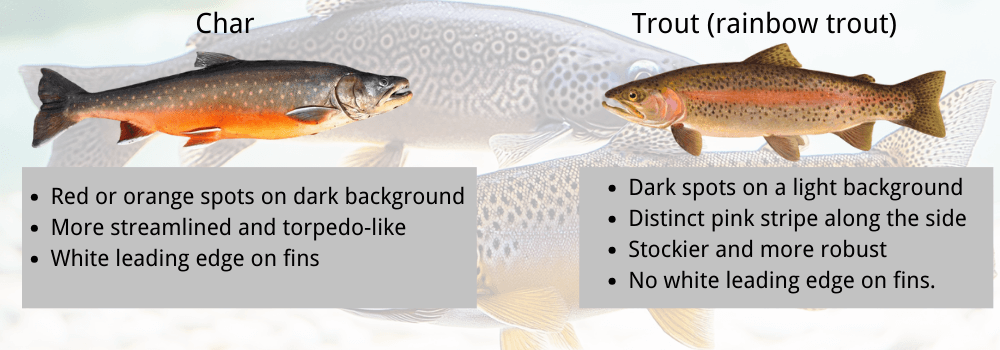
Physical Differences Between Char and Trout
Appearance
Both char and trout exhibit a wide range of appearances, but some general differences can be observed.
- Char: Char often have a more cylindrical body shape compared to trout. Their coloration can vary widely depending on the species, habitat, and spawning season. For example, Arctic char can range from silver to bright orange or pink, especially during spawning. Brook trout have distinctive dark green to bluish-black backs with lighter, worm-like markings (vermiculations) and bright red spots with blue halos.
- Trout: Trout tend to have a more streamlined body, which helps them in faster-flowing waters. Rainbow trout are known for their olive-green backs, pink lateral band, and dark spots. Brown trout typically have brown or golden-yellow bodies with dark spots and reddish-orange spots, often with a pale halo.
In essence, while there are general patterns, both groups can show significant variation, making identification challenging.
Size and Growth
- Typical Size and Growth Patterns of Char: Char exhibit a wide range of sizes. Brook trout are relatively small, typically reaching lengths of 10-20 inches (25-50 cm), while lake trout can grow much larger, exceeding 40 inches (100 cm) and weighing over 50 pounds (23 kg). Arctic char also varies considerably, with anadromous forms (those that migrate to the sea) growing larger than landlocked populations. Growth rates in char are generally slower in colder environments.
- Typical Size and Growth Patterns of Trout: Trout also vary in size, though the range isn’t quite as extreme. Rainbow trout typically grow to 12-30 inches (30-76 cm), but steelhead (anadromous rainbow trout) can be much larger. Brown trout can also grow to substantial sizes, with large individuals exceeding 30 inches (76 cm) and weighing over 20 pounds (9 kg). Growth rates are influenced by food availability, water temperature, and genetics.
Habitat and Distribution
- Char are typically found in colder, clearer waters, thriving in Arctic and sub-Arctic regions, high-elevation lakes, and deep, cold lakes. Many species of char inhabit pristine environments with minimal human disturbance. In the US, char are commonly found in Alaska, where Arctic char, lake trout, and Dolly Varden are abundant. In the Northeast, brook trout are native, while the Great Lakes feature prominent populations of lake trout. The Northwest is home to bull trout and Dolly Varden.
- Trout are more adaptable and can thrive in a wider range of habitats, including cold, clear streams, rivers, and lakes. Some species, such as steelhead and sea-run brown trout, are anadromous and spend part of their lives in saltwater. Trout have a broader distribution across the US, with rainbow trout, cutthroat trout, and golden trout prevalent in the West. In the East, introduced brown trout and some populations of rainbow trout can be found, while the Midwest is home to common populations of both rainbow trout and brown trout.
Behavior and Diet
- Char: Char exhibit a range of behaviors, with some species being highly migratory (e.g., Arctic char) and others being more sedentary (e.g., brook trout in small streams). They can be aggressive predators, and some species, like lake trout and bull trout, are known for their piscivorous habits (feeding on other fish). They have diverse diets. They may feed on insects, crustaceans, zooplankton, and smaller fish. Larger char, such as lake trout and bull trout, often become top predators in their ecosystems, preying on other fish species.
- Trout: Trout are also known for their varied behaviors. Many trout species are opportunistic feeders, and their behavior can change depending on food availability and environmental conditions. Brown trout are particularly known for their cautious and sometimes solitary nature, especially as they grow larger. Rainbow trout are known for their energetic fights when caught, often leaping out of the water. Trout are also opportunistic feeders. Their diet includes insects (especially during hatches), crustaceans, mollusks, worms, and smaller fish. The specific diet varies depending on the species, size, and habitat. For example, brown trout may shift to a more piscivorous diet as they grow larger, while rainbow trout may focus on aquatic insects in streams.
Char vs Trout: Taste Differences
Both char and trout are considered excellent table fare, but subtle differences exist in their taste and texture:
Char, such as Arctic char, is often described as having a flavor that is a cross between trout and salmon. The flesh tends to be firm and flaky, with a slightly higher fat content, contributing to a rich taste.
Trout generally has a milder flavor than char. Rainbow trout has a delicate, somewhat nutty taste, while brown trout can have a slightly stronger, earthier flavor. The texture is typically tender and flaky.
They are healthy fish to eat and are excellent sources of:
- Protein: Essential for building and repairing tissues.
- Omega-3 Fatty Acids: Beneficial for heart health, brain function, and reducing inflammation.
- Vitamins: Including vitamin D and B vitamins.
- Minerals, Such as selenium and phosphorus.
Best Ways to Cook Them
Both char and trout can be prepared in various ways, including:
- Baking: A simple and healthy method that preserves the fish’s moisture, and can be enhanced with herbs, spices, and lemon. Baking at a moderate temperature (around 350°F) ensures even cooking without drying out the fish.
- Grilling imparts a smoky flavor and crispy skin. Use a grill basket or foil to prevent sticking and to hold smaller fillets.
- Pan-frying: Creates a crispy exterior and tender interior. Use a medium-high heat and don’t overcrowd the pan to ensure even cooking.
- Poaching: A gentle method that results in delicate, flaky flesh. Add aromatics like herbs, garlic, or citrus to the poaching liquid for added flavor.
- Smoking: Adds a distinct flavor and is excellent for preserving fish. Use a variety of wood chips (like hickory or apple) to customize the flavor profile.
The best cooking method often depends on the specific species and personal preference. Richer char can stand up to bolder flavors, while the more delicate trout is best with lighter seasonings.
Fishing Techniques For Char and Trout
Effective Fishing Techniques
Both char and trout are popular game fish, and anglers can employ a variety of techniques to catch them:
- Fly Fishing: Effective for both char and trout, especially in streams and rivers. Anglers use artificial flies to imitate the insects and other prey that these fish eat.
- Spin Fishing: Involves using a rod and reel to cast lures or bait. This method works well in various habitats, including lakes and rivers.
- Bait Fishing: Using natural baits like worms, insects, or small fish. This can be effective for catching larger trout and char.
Learn more about Fly Fishing vs Spin Fishing.
Gear and Methods
While many techniques overlap, some nuances exist in fishing for these two fish:
- Gear: Lighter tackle is often preferred for trout in smaller streams, while heavier gear may be needed for larger char or trout in big rivers or lakes.
- Methods: Trout can be more selective feeders, requiring anglers to match their presentation to the specific food source. Char, particularly aggressive species like bull trout, may respond well to larger lures or flies.
- Seasonal Considerations: Both char and trout fishing can vary seasonally. For example, during spawning seasons, different techniques may be more effective, and regulations often change to protect spawning fish.
Conclusion
While char and trout share a common ancestry and exhibit some similarities, they are distinct groups of fish with unique characteristics, habitats, and behaviors.
Understanding the differences between char vs trout is crucial for anglers, conservationists, and anyone interested in the fascinating world of freshwater fish. Whether you’re an angler seeking your next catch or a nature enthusiast eager to learn more, appreciating the nuances between char and trout enhances your connection to these remarkable creatures and the ecosystems they inhabit.
Learn More:
- Beginner’s Fishing Guide For Palomino Trout
- Complete Guide On Jig Fishing For Trout
- What Is The Best Hook Size For Trout Fishing?


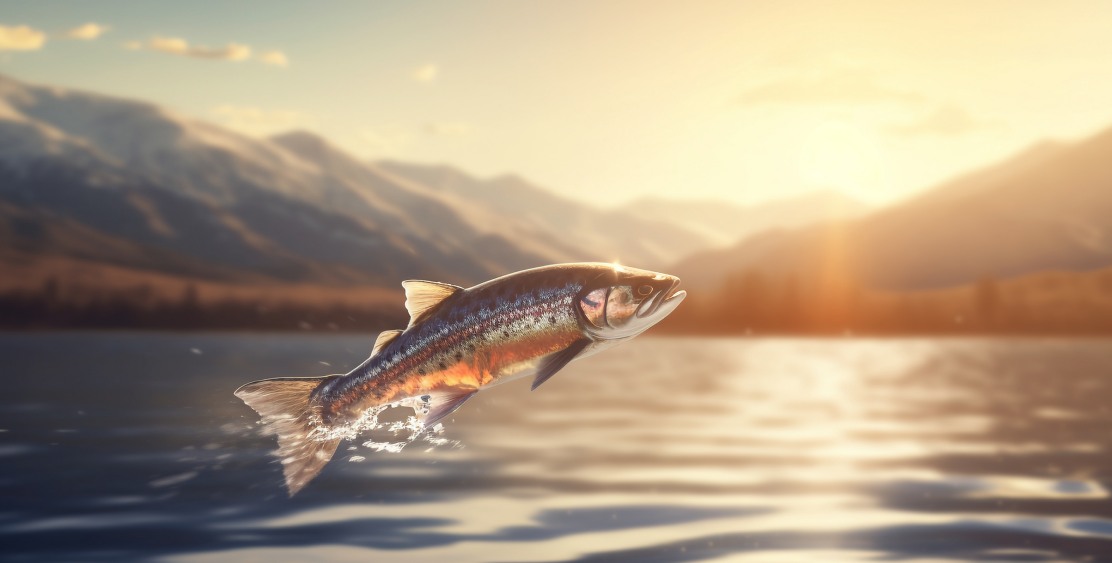
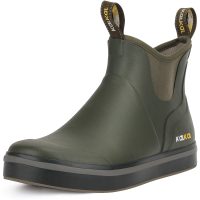
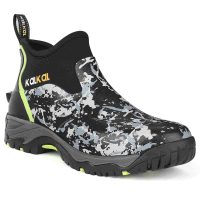

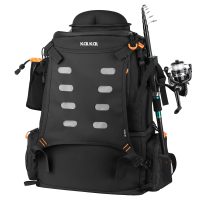




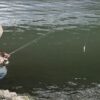
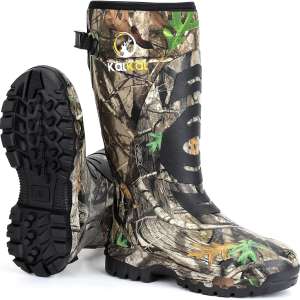
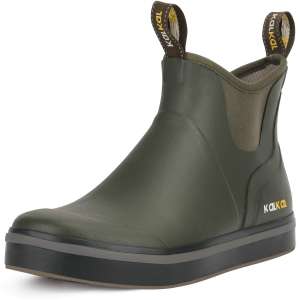
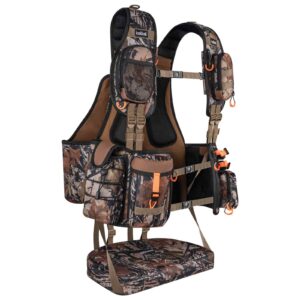
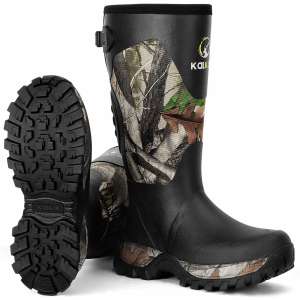
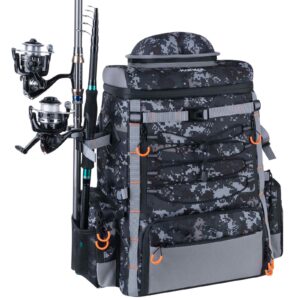


2 comments on “Char vs. Trout: A Comprehensive Comparison Guide”
Rob Wilcox
Most noticable difference to me is trout have scales and brookies do not.
Lynn
That’s a good point.